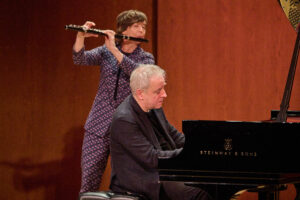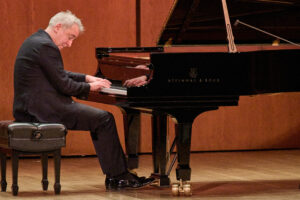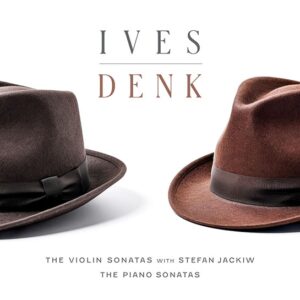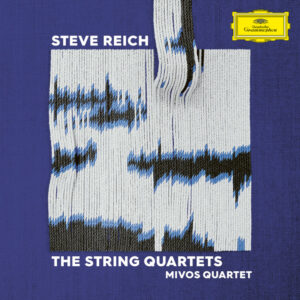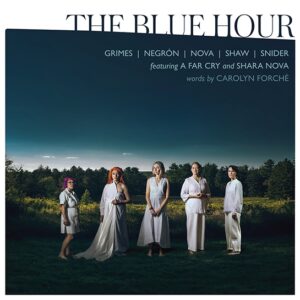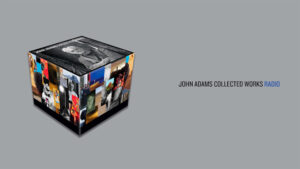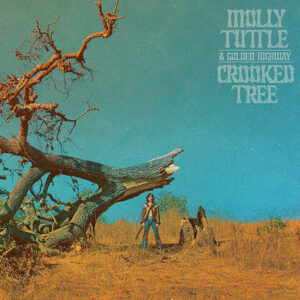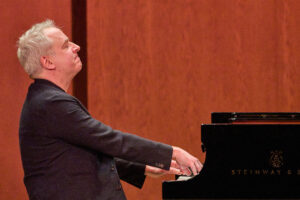
Kaufmann Concert Hall
92nd Street Y
92nd Street Y
Thursday, December 2024
Photos courtesy of Joseph Sinnott
NEW YORK – When devising a recital program, pianist Jeremy Denk always provides thematic interest to abet the musical diversions. The centerpiece and entire second half of his performance at the 92nd Street Y was the Concord Sonata by Charles Ives, a totemic work in the repertoire of twentieth century piano music. Denk is an Ives specialist, having recorded both the piano and violin sonatas for Nonesuch (more on that later).
The first half of the recital complemented Ives with a composer he revered (and quoted in the Concord Sonata), Beethoven. The Opus 90 Piano Sonata in E-minor is a two movement piece that moves to E-major in the second movement. It is relatively brief but chock full of mercurial scalar passages in its first movement. The second movement, at a slower tempo but still played with quicksilver ornaments, is a theme and variations of a fetching melody, “to be played in a singing manner.” The recital’s first half concluded with a sonata from Beethoven’s late period, his second to last to be written, Op, 110 in A-flat Major. The first movement, marked moderato cantabile, is slower than the usual allegro one finds in this part of a sonata. However, it has two distinct themes and a minor key development, keeping it in the sonata genre. It’s no accident that during this time period Beethoven was also working on the Missa Solemnis. The incisive second movement features bold attacks and anapestic cascades of short motives. The finale is fascinating, with material that imitates recitatives and quotes Bach’s St. Matthew Passion, which is followed by a fugue in the tonic key. Denk played both sonatas fluently, occasionally looking out at the audience to share Beethoven’s mood with a bold visage.
Sandwiched between the sonatas was a group of miniatures that explored Black American musical genres. Scott Joplin’s rag Bethena began the group with characteristically syncopated rhythms and imaginative chord progressions. This was followed by The Banjo, a piece by Louis Moreau Gottschalk that Denk took at a spirited pace. Its refrain is a keen imitation of the African instrument transplanted to the US, but the piece takes off into stratospheric arpeggios and nimble runs that transform the material into a virtuosic vehicle. William Bolcom was a pivotal figure in the ragtime revival, and one of his rags, “Graceful Ghost Rag,” provided a stylistically true homage to the composer. A musical theater song, “Just in TIme,” by Jule Styne was presented in an extroverted arrangement by the pianist Ethan Iverson of Nina Simone’s iconic recording.
Piano Sonata No. 2, “Concord, Mass., 1840-1860,” pays tribute to the American transcendentalists, an important philosophical movement for Ives. Its gestation is a moving target, the first edition composed between 1916-1920 and the piece, characteristic of Ives, being edited over and over until the premiere in 1938 by John Kilpatrick. It is intricately notated, with few barlines, complex rhythms, and overlapping lines and chords. Ives felt that the lack of conventional structuring would help the music to flow.
The first movement, “Emerson,” introduces the opening motive of Beethoven’s Fifth Symphony as an idée fixe that interpenetrates other movements of the sonata, but is developed, treated in counterpoint, and presented in the midst of shards of dissonance. As is Ives’s practice, frequent incongruous asides occur, including a stride passage in the middle of the movement and quotations of hymns and popular songs. This persists throughout.
The second movement, “Hawthorne,” begins with scherzo-like figures and continues to introduce sprightly material, even including a bit of ragtime, and later sonorities that are meant to evoke a church service, including bell sounds created by pressing the black keys with a block of wood. The Beethoven theme is only joined by the “main theme” of the piece in the third movement, “The Alcotts.” The polytonal voicing of the variations on Beethoven 5 move it into the harmonic world of Stravinsky. In the final movement, “Thoreau,” Claire Chase was the guest flutist that is an optional component of the sonata, providing a mischievous cameo. The piano meanwhile, incorporates snatches of popular music from the 1910s all the way back to the Civil War, the two themes, and Protestant hymnody into impressionist water music that signifies Thoreau’s residence at Walden Pond.
This was an authoritative performance, unbelievably accurate and technically assured despite its herculean challenges. Denk is one of the great Ives interpreters of our time. The audience applauded for more, but how do you follow the Concord Sonata? Denk took off his jacket and picked up his wood block to indicate that the memorable evening was concluded.
The 150th anniversary of Ives’s birth is being celebrated this year by a number of concerts and recordings. Denk’s recorded contribution is Ives Denk (Nonesuch). A double disc, it includes a remastered version of his benchmark recording of the piano sonatas as well as a recording of the violin sonatas with Stefan Jackiw. The violinist is an excellent partner, understanding the roles of quotation, collage, the doppler effect, and dissonance in these pieces. The revival meeting movement of the second sonata is incandescent, and the final movement of the first sonata opens with a thrill ride redolent with popular music. Its central section is slow, with folk melodies haloed by ambiguous arpeggiations. A gradual accelerando returns the music to its earlier demeanor, then the sonata concludes with a tremolandos and a fade. The entire Fourth Sonata, “Children’s Day at the Camp Meeting,” is delightful.
Denk’s traversal of the piano sonatas displays dazzling playing and thoughtful interpretations. Ives has emphatic tendencies, but his music can also display great tenderness. Denk embodies all of the contrasting shifts that result, providing detailed dynamic and articulative contrasts, shading the music with myriad tone colors. Ives Denk is one of my favorite recordings of 2024.
-Christian Carey
